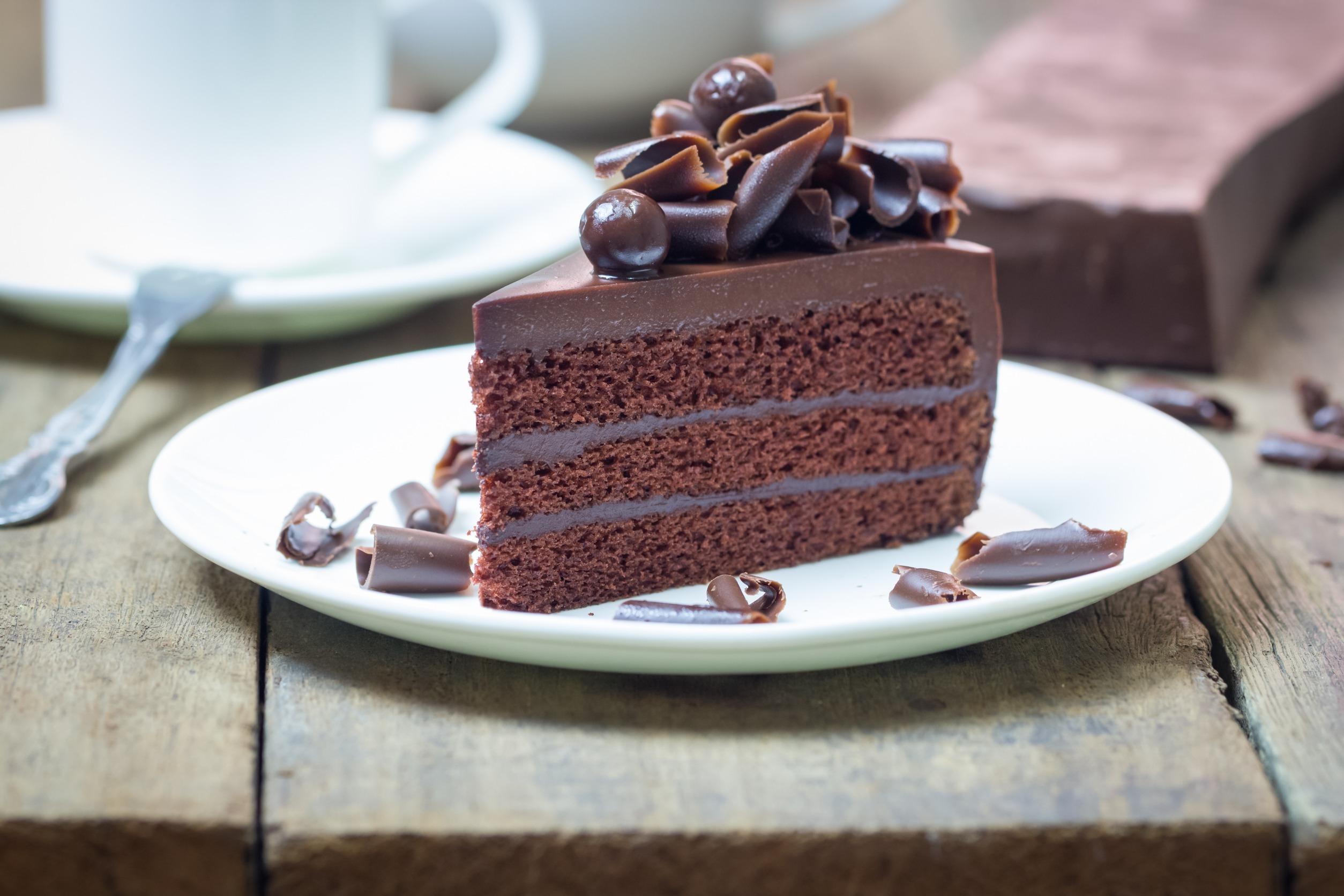
Mango kernel fat (MKF), also known as mango butter, is derived from the seeds of the mango (Mangifera indica) fruit. This fat is a byproduct of mango processing, as the seeds are typically discarded during the production of mango pulp and juice. The kernels contain about 10-15% fat, which can be extracted and refined for various uses. The fat has been comprehensively reviewed (Nadeem et al., 2016; Jin et al., 2019).
Composition and Properties
Mango kernel fat is similar in composition to cocoa butter, making it a valuable ingredient in the food and cosmetic industries. The key components of mango kernel fat include:
- Fatty Acids: It contains a mix of saturated and unsaturated fatty acids, primarily stearic acid (40-45%), oleic acid (35-45%), palmitic acid (5-9%), and linoleic acid (1-3%).
- Triglycerides: The triglyceride composition is similar to that of cocoa butter, with a high proportion of symmetric triglycerides, which are crucial for the desired melting behavior. The triglyceride is viewed as unique consisting of between 28.9–65.0% of 1,3-distearoyl-2-oleoyl-glycerol with excellent oxidative stability index (58.8–85.2 h at 110 °C).
- Melting Point: Mango kernel fat has a melting point range of 34-38°C, close to that of cocoa butter, which is around 32-35°C. This property makes it suitable for confectionery applications
Fractionation
The fat can be fractionated in a two-stage process as with many other vegetable fats into a stearin and an olein. The stearin fraction is primarily 68% SOS and 15.4 POS. It is much more suitable as a cocoa butter improver. The olein that comes from the first phase of the process is mainlySOO (45.59 %), POO (11.37 %) and OOO (11.14 %), which are considered as ideal cooking oil or frying fat ingredients (Jin et al., 2016).
The fractionated fat is also high in sterol, squalene and tocopherol.
Role as a Cocoa Butter Equivalent (CBE)
Cocoa butter equivalents (CBEs) are fats that can replace cocoa butter in chocolate production without altering the product’s properties significantly. Mango kernel fat has emerged as a potential CBE due to its similar physicochemical properties. Here’s how mango kernel fat functions as a CBE:
- Compatibility: Mango kernel fat blends well with cocoa butter, providing similar texture, gloss, and mouthfeel. This compatibility is essential for maintaining the quality and consistency of chocolate products.
- Melting Behavior: The melting point of mango kernel fat closely matches that of cocoa butter, ensuring that the chocolate melts at body temperature, which is critical for a pleasant sensory experience.
- Solid Fat Content (SFC): The solid fat content of mango kernel fat at various temperatures aligns with that of cocoa butter, contributing to the stable crystalline structure necessary for chocolate.
- Crystallization Properties: Mango kernel fat has similar polymorphic behavior to cocoa butter, forming stable β crystals, which are essential for the snap and gloss of well-tempered chocolate.
- Blends: MKF has been blended with a palm-oil mid-fraction (Sonwai et al., 2014). To mimic cocoa butter (CB), all these blends contained palmitic (P), stearic (S) and oleic (O) acids as the main fatty acid components. However, the triglyceride compositions of such blends does vary significantly. The blend that performed closest to cocoa butter was an 80:20 blend that contained a generally higher content of SOS (stearic-oleic-stearic), similar content of POP and lower content of POS compared to CB, exhibited a slip melting point, crystallization and melting behavior most similar to CB and hence it was recommended as the best blend. The researchers mixed the CBE blend with cocoa butter where the blend formed about 18% of the finished product so that it would mimic dark chocolate.
Role as a Cocoa Butter Improver (CBI)
Apart from being a direct substitute, mango kernel fat can also be used as a cocoa butter improver (CBI). As a CBI, it enhances the properties of cocoa butter, improving the overall quality and performance of chocolate. Here’s how it works:
- Enhanced Stability: Adding mango kernel fat to cocoa butter can improve the stability of the fat mixture, reducing the risk of bloom, which is the whitish coating that appears on chocolate due to fat migration.
- Improved Shelf Life: The inclusion of mango kernel fat can extend the shelf life of chocolate products by enhancing their resistance to temperature fluctuations and oxidative rancidity.
- Cost Efficiency: Using mango kernel fat as a CBI can reduce production costs, as it is often less expensive than cocoa butter, allowing manufacturers to maintain product quality while managing expenses.
- Sustainability: Utilizing mango kernel fat promotes sustainability by adding value to a byproduct of mango processing, thereby reducing waste and supporting environmental conservation efforts.
Applications in the Chocolate Industry
- Chocolate Bars: Mango kernel fat can be used in the formulation of chocolate bars, providing the desired texture and mouthfeel while ensuring cost-effectiveness.
- Compound Chocolate: It is particularly useful in compound chocolates, which are made using vegetable fats instead of cocoa butter, allowing for a reduction in costs without compromising quality.
- Confectionery Coatings: Mango kernel fat is suitable for use in confectionery coatings for candies and snacks, offering good gloss, snap, and melting properties.
- Bakery Products: In bakery products, mango kernel fat can replace cocoa butter in creams and fillings, contributing to the desired sensory attributes and shelf stability.
Nutritional and Health Aspects
- Nutrient Profile: Mango kernel fat is rich in beneficial fatty acids, particularly stearic and oleic acids, which have been associated with positive health effects, such as improved cholesterol levels.
- Antioxidant Properties: It contains natural antioxidants, which help protect the fat from oxidation and extend the shelf life of products made with it.
- Allergen-Free: Mango kernel fat is free from common allergens like nuts and soy, making it a suitable alternative for individuals with allergies.
Challenges and Considerations
- Processing: The extraction and refining of mango kernel fat require careful processing to ensure the removal of impurities and the achievement of the desired quality. The amount of time needed to dehydrate the kernels at high temperature often produces hydrolysis of the unique fats. The whole process deserves further examination which has been tried and tested with other manufacturing of oils and fats.
- Flavour: While mango kernel fat is generally neutral in flavor, any residual taste or odor needs to be effectively removed during processing to avoid affecting the final product.
- Regulatory Approval: The use of mango kernel fat in food products is subject to regulatory approval, which varies by region. Manufacturers need to ensure compliance with local food safety standards.
Mango kernel fat holds significant potential as a cocoa butter equivalent and improver in the chocolate industry. Its similar composition, melting behavior, and functional properties make it a valuable ingredient for enhancing the quality and sustainability of chocolate products. By incorporating mango kernel fat, manufacturers can achieve cost efficiency, improved product stability, and a reduced environmental footprint, all while delivering high-quality chocolate that meets consumer expectations. Continued research and development in this area will likely expand the applications and benefits of mango kernel fat in the food industry.
References
Jin, J., Jin, Q., Akoh, C. C., & Wang, X. (2019). Mango kernel fat fractions as potential healthy food ingredients: A review. Critical reviews in Food Science and Nutrition, 59(11), pp. 1794-1801 (Article)
Jin, J., Warda, P., Mu, H., Zhang, Y., Jie, L., Mao, J., … & Wang, X. (2016). Characteristics of mango kernel fats extracted from 11 China‐specific varieties and their typically fractionated fractions. Journal of the American Oil Chemists’ Society, 93(8), pp.1115-1125
Nadeem, M., Imran, M., & Khalique, A. (2016). Promising features of mango (Mangifera indica L.) kernel oil: a review. Journal of Food Science and Technology, 53, pp. 2185-2195.
Sonwai, S., Kaphueakngam, P., & Flood, A. (2014). Blending of mango kernel fat and palm oil mid-fraction to obtain cocoa butter equivalent. Journal of Food Science and Technology, 51, pp. 2357-2369 (Article).
Related Posts
-
What are Cocoa Butter Equivalents?
Cocoa Butter Equivalents (CBEs) are vegetable fats that are chemically and physically similar to cocoa…
- Sal (Shorea robusta) vegetable fat as a cocoa butter replacer
Sal (Shorea robusta) vegetable fat is a potential substitute for cocoa butter in various food…
-
Cocoa Butter Improvers (CBIs) Versus Cocoa Butter Equivalents (CBEs)
Cocoa butter is a critical ingredient in chocolate manufacturing due to its unique melting properties,…


Leave a Reply